

The coats of arms of the Popes
Rome was the capital city of a small state in the center of Italy for more than 1000 years. If you think of London you know that
the monarch could have been a Tudor or a Stuart or a Windsor, well in Rome dynasties
changed on average every seven years when a new Pope was elected, so by looking at the coat
of arms of the Pope you can understand when the church or the palace was built. I'm not going
to speak of the Popes as Church leaders, but just as monarchs of Rome.
They all desired to leave a sign of their rule in this world.
This also influenced the arts and artists like Bernini and
Borromini.
This fountain near St Peter's shows the symbols of the Pope:
 the "Triregnum" (three kingdoms) the crown of the Pope
the "Triregnum" (three kingdoms) the crown of the Pope
 the keys of St. Peter (one of silver and one of gold)
the keys of St. Peter (one of silver and one of gold)
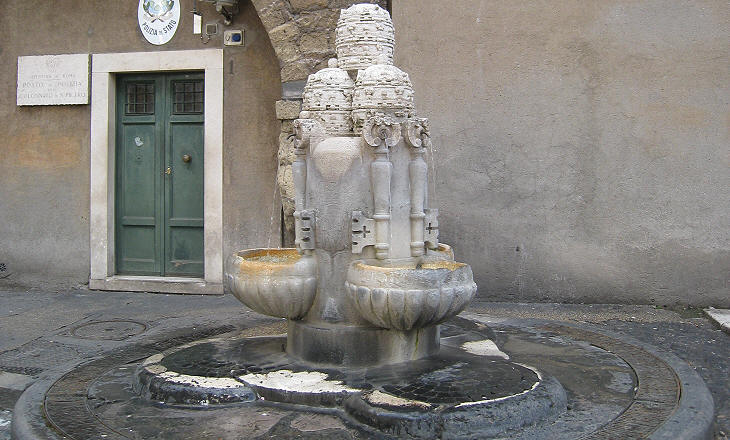
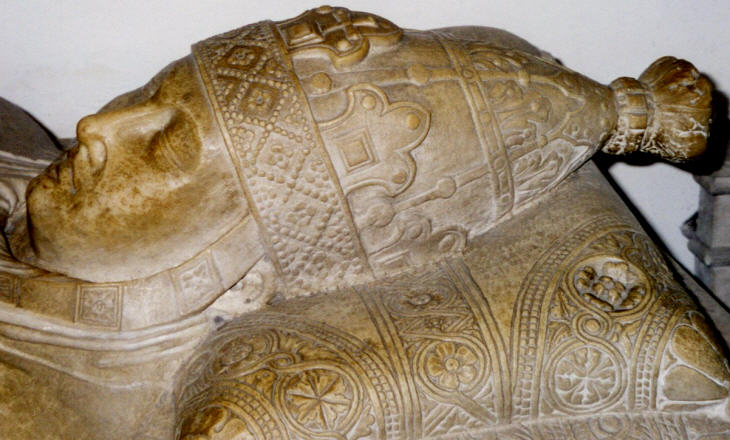
The Papal State
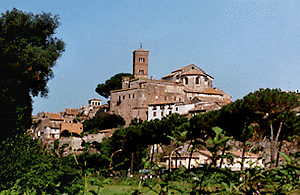
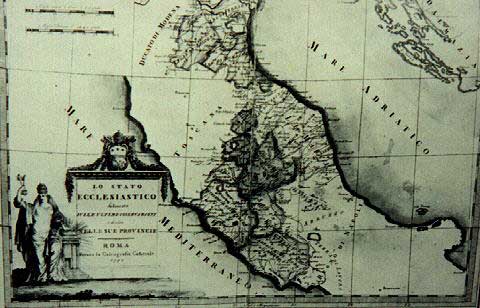
In 1870 Italy was unified and in 1929 an agreement between the Italian Government and the Pope settled the "Questione Romana" by the creation of a tiny State around the Vatican Hill for granting the independence of the Church.

AKNOWLEDGEMENT Let me now introduce my nephew to whom I owe the encouragement and technical advice who made me join the net.
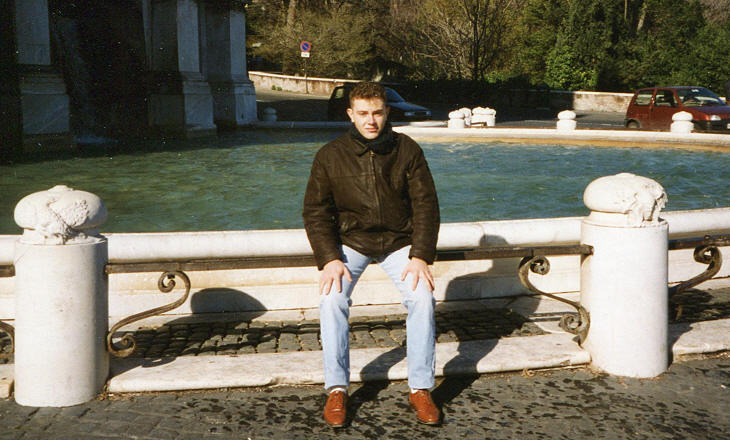
VISIT THE FOLLOWING PAGES
or you can go to the Main Page or have an overview of the Plan of this site or go the Detailed Index.
This site offers you also the plates by Filippo Juvarra on the most beautiful coats of arms.
© 1997 - 2001 romapip@quipo.it